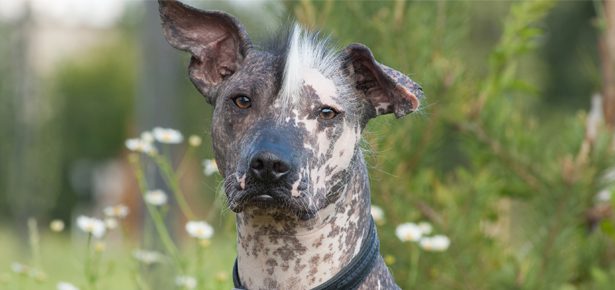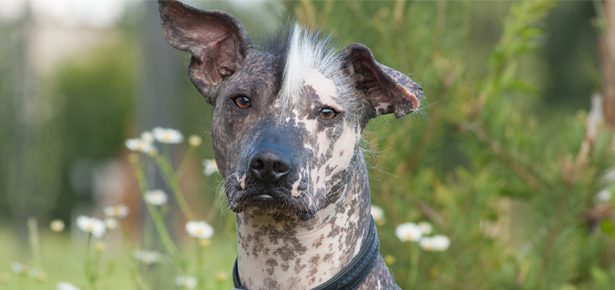

Pet Talk: Research Reveals Canine Skin Microbiome
What your dog's skin says about their overall health
Both human and animal skin is comprised of a variety of essential oils and micro-organisms that aid in immune defense. Because of this, discovering the bacterial ecology of skin is crucial to explaining how changes in the microbiome are associated with health, disease and generating effective treatments.
There have been various studies conducted on the human microbiome to discover its role in disease progression and effective treatments, but until now, there hadn’t been much fuss over the skin microbiome of our four-legged friends.
“Very similar to the human and canine gut, the skin of dogs is inhabited by a diverse population of micro-organisms, including viruses, bacteria, fungi and mites, which form the skin microbiome,” said Dr. Aline Rodrigues Hoffmann, assistant professor at the Texas A&M College of Veterinary Medicine & Biomedical Sciences. “The skin microbiome is composed of all the symbiotic microorganisms, as well as some considered to be pathogenic.”
A large number of these micro-organisms, which are explained as being invisible to the naked eye, have not yet been cultured in a microbiology lab.
Rodrigues Hoffmann, along with a group of other researchers from Texas A&M University, conducted a study to identify the microbial makeup of dog skin.
Through their research, they were able to discover the vast difference in bacterial ecology between the skin of healthy and allergic dogs.
“We were able to see that the skin of dogs with allergies tend to have a less rich microbiome when compared to healthy dogs,” said Rodrigues Hoffmann. “We are also studying the cat skin microbiome and found similar results, with reduced richness and diversity of the skin microbiome in allergic cats.”
Studies such as these can further explain how changes in the microbiome are associated with different skin diseases, such as atopic dermatitis. This is one of the most common skin infections in both humans and our four-legged friends, which can develop hypersensitivity to many environmental and microbial allergens.
Rodrigues Hoffmann’s research is aimed mainly at characterizing differences in the skin microbiome based on breed, sex, age, health status of animals, and how the environment might influence the skin microbiome in our pets.
“In our studies, we have found that the skin microbiome in dogs and cats is very diverse and variable across different animals, and that there is significant microbial variability across different body sites in each individual animal,” said Rodrigues Hoffmann. “In our initial study, we found that the skin of dogs is colonized with some different bacteria than we see in people, with most of those being similar to what we see in the environment.”
Although there is still more progress to be made in characterizing the complete microbiome, Rodrigues Hoffmann and her team have filled many gaps in discovering the bacterial ecology of animal’s skin. Crucial in learning about and preventing disease, this research gives way to even further investigation of the role that dog’s microbiome plays in normal function, disease progression, and better treatments for our favorite companions.
“This is a fascinating area, as we are now able to unveil the ‘secret’ microbes that inhabit the dog and cat skin,” said Rodrigues Hoffmann. “There is so much that we still need to do in order to better understand our pet’s skin microbiome!”
Join the newsletter and never miss out on dog content again!
"*" indicates required fields
By clicking the arrow, you agree to our web Terms of Use and Privacy & Cookie Policy. Easy unsubscribe links are provided in every email.